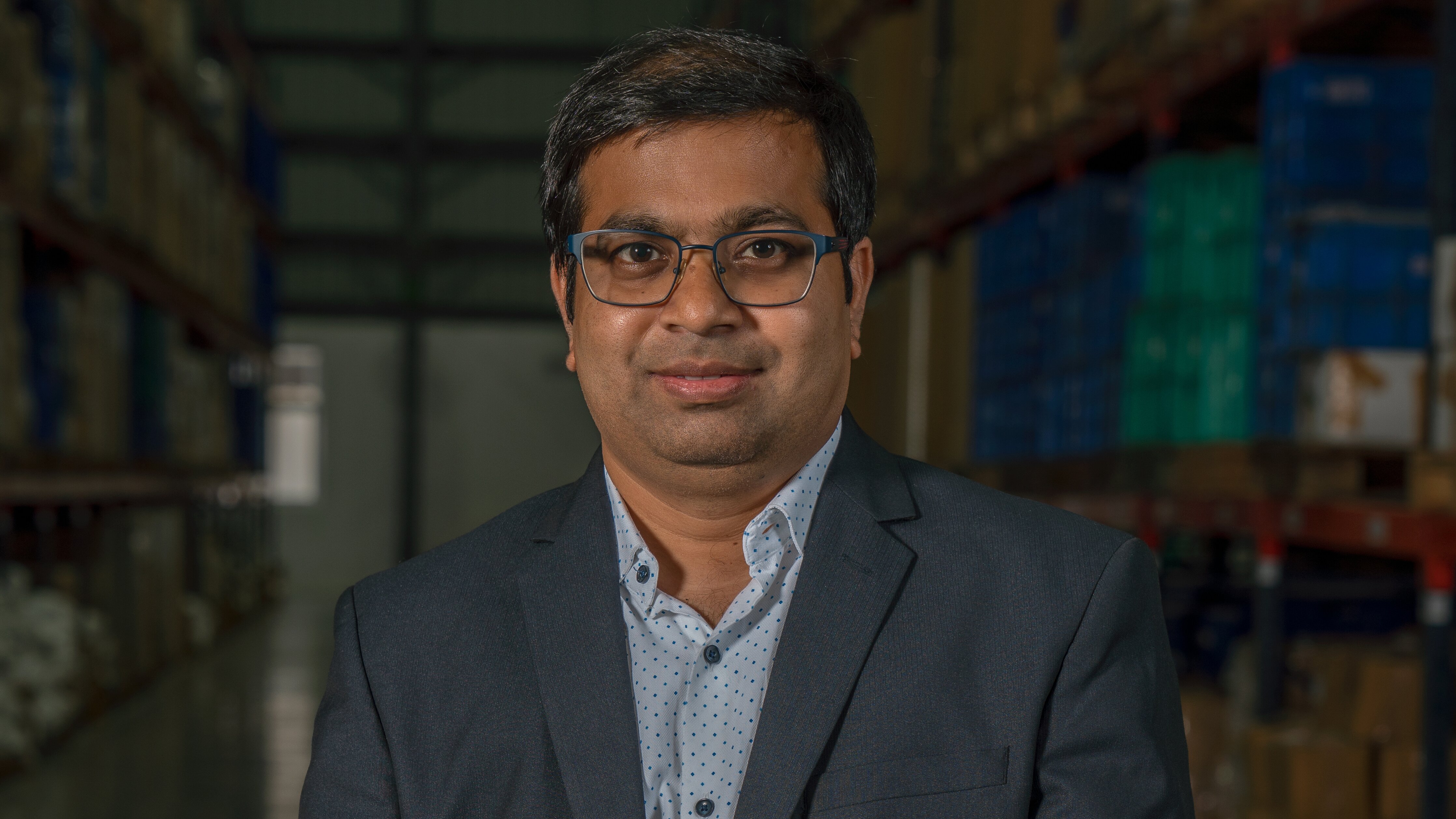Its new factory will enable exponential growth as Indian distribution companies are privatized.
Patience and Perseverance
Ensto India opened its first factory in Gurgaon, New Delhi, in 2009. "We started manufacturing in March 2010," says Ashok Kaushik, Managing Director of Ensto India. "We started with one customer and assembled parts from Finland."
Due to bureaucracy, growing the business proved difficult in the early years. India is comprised of 28 states and centrally governed union territories and has over 66 different electricity distributors, most of them owned by the government. “As a new player we were in a Catch 22,” says Kaushik. “The DSO or DISCOM [electricity distribution company] must approve a factory so you can sell, but to get approved you must have a track record of sales.” So Ensto began a cost-free pilot program to get approval and it conducted Ensto Pro trainings – anything to demonstrate Ensto quality to the market.
Bureaucracy was only one barrier to entry. “All public sector electricity distribution companies use the L1 tendering system, also called Least Cost Selection Method,” says Kaushik, “and the lowest bidder wins the contract.” Since quality costs money, Ensto was never the lowest in absolute terms. “We had to show we were L1 in the complete lifecycle. The competitors’ products were cheap but didn’t last, meaning the utility eventually had to spend eight times that ‘cheap’ amount. We convinced utilities to do sampling and quality evaluation, and they found we were the most competitive.”
Legislating Change
In 2021, the Indian electricity distribution equipment market is poised for dramatic change. The proposed Electricity Bill 2021, amending India's Electricity Act of 2003, recognizes franchisees of distribution licenses, making it far easier for private sector companies to enter the field of power distribution.
Kaushik estimates it will take six to eight months to privatize the electricity distribution businesses, and then Ensto’s patience will pay off. “Private companies recognize quality. They don’t go for the lowest bidder. We have positioned ourselves as one who invests in quality – and as a quality player we can grow exponentially.”
Exponential Growth
In June 2021, Ensto opened a new factory, directly across the road from its current plant in Gurgaon, New Delhi. The new structure expands total floor space from 2,300 square meters to 3,700 square meters. The space allows for underground jointing kits to be locally assembled, and for assembly of medium voltage covered conductor accessories. And since the new building is over 12 meters high, it dramatically increases warehousing capacity, from 1,200 to 3,500 pallet places.
"Since 2018 we've known we needed a bigger space," says Kaushik. "This will support our Asian expansion in neighboring countries, as well."
The total investment of one million euros, also includes a new test laboratory to support product development and ensure product quality.
An R&D Hub
In a nation where the 29 states and seven union territories require different specs, Ensto’s lab and its R&D capabilities have proved a key advantage since 2010. The new factory investment will heighten that advantage with major outlays for augmenting the lab, as well as for product development.
"We currently send some of our products to Finland for testing," says Shrinibas Sahoo, Ensto India's Product Development Manager. "This investment will enable us to bring our level up, do the maximum number of tests in house, and become less dependent on third parties. We have good systems, resources, and we can do mechanical simulations. We're introducing project management software, as well."
Ensto will create an R&D hub offering solutions to Indian companies, but also taking on challenges from Finland. By the end of 2022, we plan to get accredited at the national level. This will help with type testing, which must be tested in a nationally accredited lab, and result in the faster creation of new products. The plan is to employ 10 people in the R&D function, in order to take on both local and international challenges.
The Future
Expansion at home and abroad, enabled by the new investment, leads Ashok Kaushik to predict an additional eight to 10 million euros added to turnover in the next five years.
“In pre-pandemic 2018 we employed roughly 175 staff. When Corona passes, given new markets and our full capacity, I see us employing 250. In 2025, I predict we’ll need to start looking for a third factory. I can already foresee we’ll face this positive challenge.”


